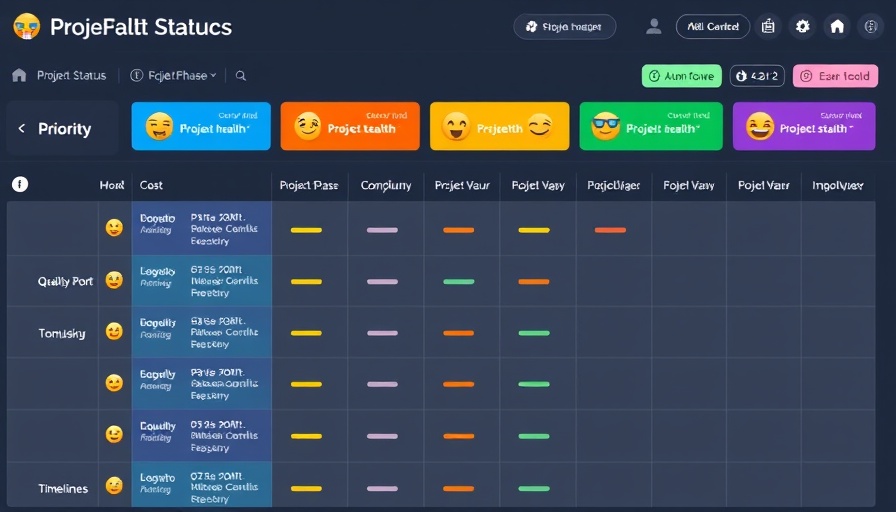
Elevating Marketing Strategies with Innovative Experiences
In a world where consumer attention is fleeting, captivating marketing stunts can elevate brands from the mundane to the memorable. Recent experiential marketing initiatives like New York City's floating pigeon and Pure Leaf's 'Tea Break' are prime examples of how companies are ingeniously intertwining branding with engagement. The use of whimsical, larger-than-life installations not only pulls in audiences but also allows brands to communicate their messages effectively while giving consumers unique experiences. So why is this important for business owners attempting to scale operations and solidify their market position?
Demand Generation through Unique Engagement
Demand generation is all about creating awareness and interest in a company’s products and services. As shown by New York FC's 700-pound pigeon, which took flight around NYC to hype up soccer fans, visual storytelling leads to heightened brand recognition. Business owners generating $2M–$10M+ in annual revenues should aim to replicate such innovative marketing gestures to attract attention. Consider how this approach not only amplifies visibility but also impacts lead generation. The pigeon stunt built anticipation not only for soccer but also for the team's future venue, connecting emotionally with fans and driving customer acquisition in a saturated market.
Tea Break: A Simulated Escape for Brand Connection
Let’s dive into Pure Leaf's interactive 'Tea Break' initiative that highlights another clever strategy for building connections. This installation invited busy New Yorkers to detach from their devices and enjoy a moment of tranquility. Not only did this humane concept resonate deeply with the audience, but it reinforced the brand’s dedication to mindfulness. By utilizing a locking phone booth, Pure Leaf generated intrigue while actively engaging in a conversation about self-care and wellness. This initiative is a stellar example of implementing customer experience strategies that are less about selling and more about connecting.
Creating Memorable Branding Experiences
The effectiveness of these campaigns hinges on making meaningful memories. For business owners, it's about asking: how can we incorporate creative stunts into our branding strategy? Both the floating pigeon and ringing the Zen bell of self-care implemented in the 'Tea Break' are effective in creating buzz that results in organic word-of-mouth referrals. Peer-to-peer recommendations remain an invaluable facet of customer acquisition strategies, so embracing authenticity in marketing can significantly boost the company's image.
Future Trends in Experiential Marketing
As we move forward, it’s essential for entrepreneurs to recognize the potential of experiential marketing not merely as a one-off event but as part of a broader branding strategy. Future predictions suggest that brands will need to continually innovate their approaches, whether it’s through immersive experiences that draw in crowds or multi-layered themes that encourage consumer participation. Think of it as layering your marketing cake; each new experience adds frosting to the base of established brand trust.
Final Thoughts on Implementation
For business owners looking to scale, integrating these 'floating experiences' isn’t just fun but essential for staying competitive. Remember that many of the most effective marketing tactics blend creativity with strategic intent. Taking inspiration from these recent events can help you craft campaigns that delight customers and foster genuine engagement. It’s high time to get out there, get creative, and elevate your brand's story through unforgettable experiences.
 Add Row
Add Row  Add
Add 



Write A Comment